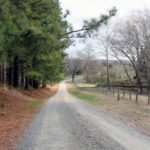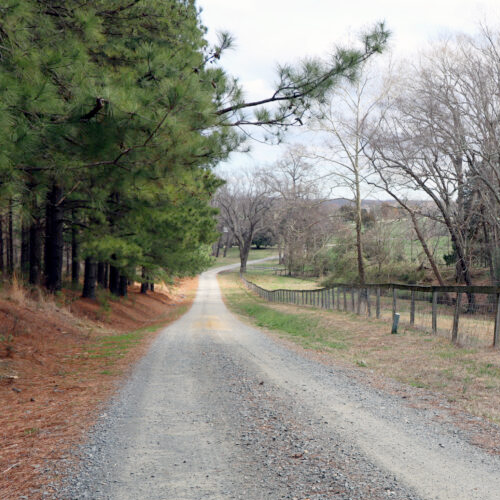Essex County’s Occupacia-Rappahannock Rural Historic District encompasses a vernacular landscape of more than 44,884 acres that boasts a significant collection of buildings, structures, landscape features, and sites that highlight the evolution of a rural Tidewater community from the early 1700s through the mid-20th century. The Rappahannock River, smaller waterways, and historic roadways defined and shaped the area’s infrastructure and development, giving rise to a cluster of former riverfront plantations, and 19th- and early-20th-entury crossroad communities and farms. Historic architectural resources include domestic, agricultural, educational, ecclesiastical, and commercial properties, forming a unique and coherent grouping that clearly reflect three centuries of settlement patterns, agricultural practices, and architectural trends in northern Essex County. The district’s period of significance extends from circa 1730, marking the construction of Glencairn, the oldest house in the district, to 1969, when the population increasingly relied on commuting lifestyles less dependent on agriculture for livelihoods, a trend that began prior to World War II. The district also includes numerous historic sites associated with its African American population. In addition to Glencairn, the Occupacia-Rappahannock Rural Historic District includes ten other properties previously listed in the Virginia Landmarks Register and National Register of Historic Places, including Elmwood, Brooke’s Bank, Blandfield, Linden, Wheatland, and Edenetta.

